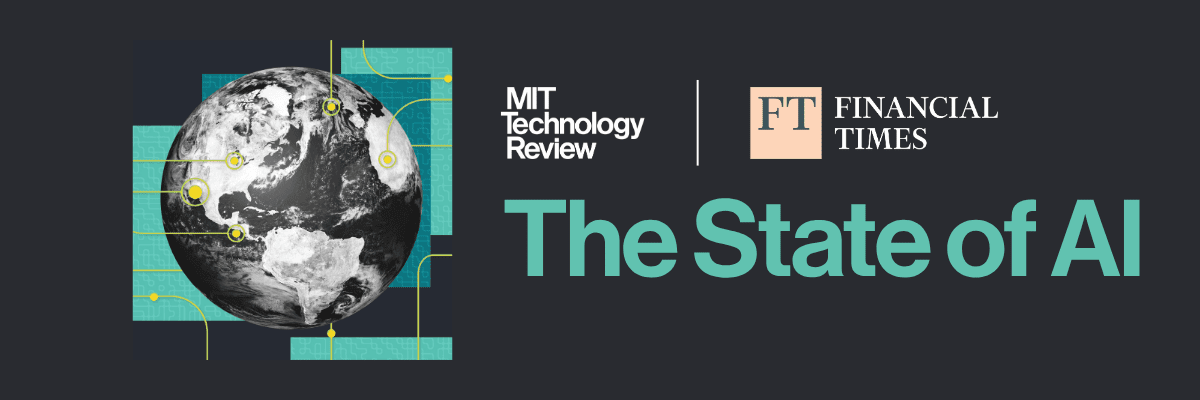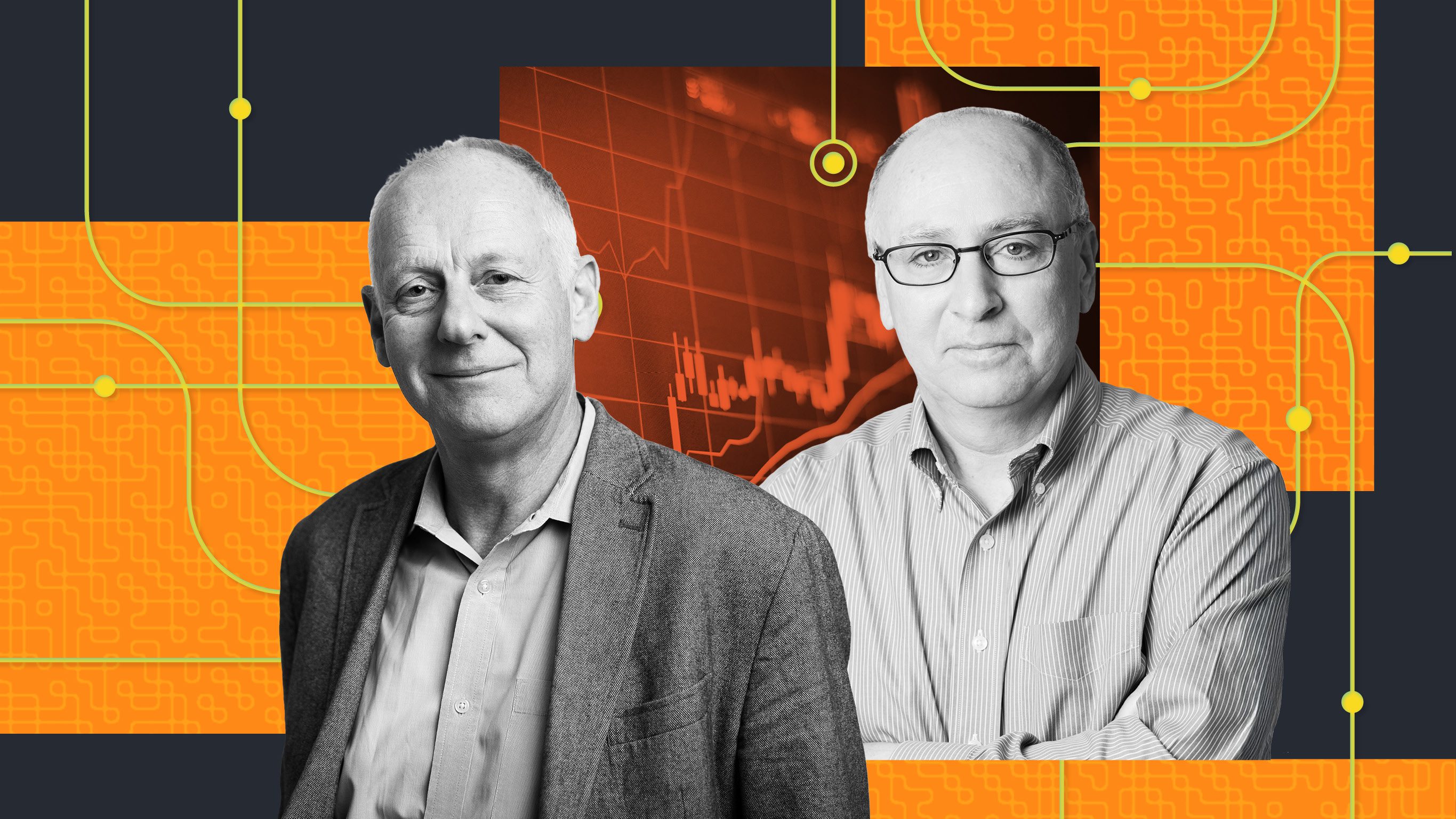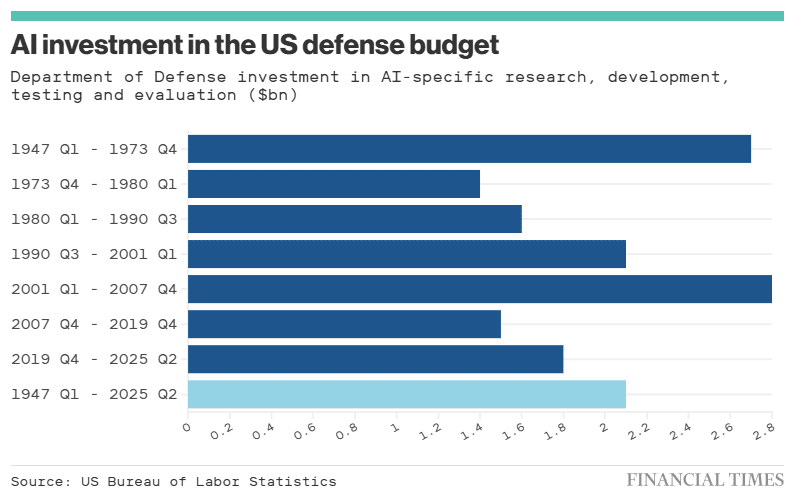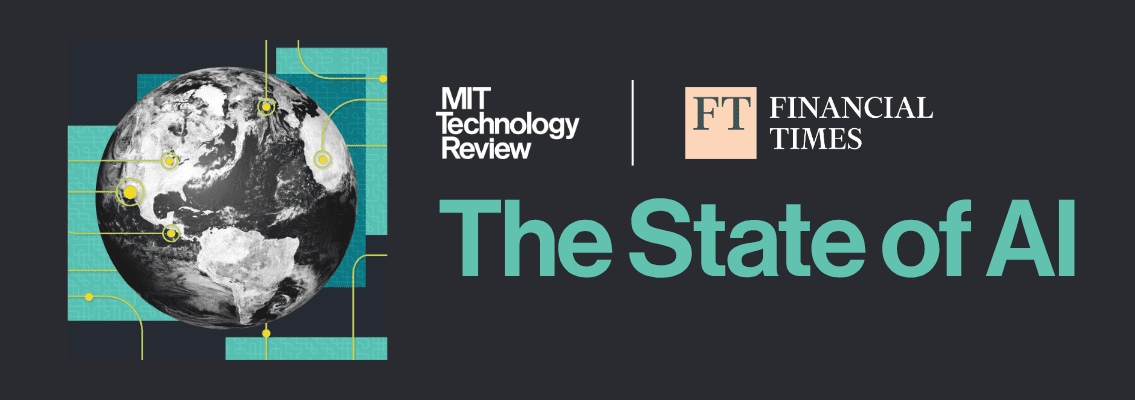How social media encourages the worst of AI boosterism
Demis Hassabis, CEO of Google DeepMind, summed it up in three words: “This is embarrassing.”
Hassabis was replying on X to an overexcited post by Sébastien Bubeck, a research scientist at the rival firm OpenAI, announcing that two mathematicians had used OpenAI’s latest large language model, GPT-5, to find solutions to 10 unsolved problems in mathematics. “Science acceleration via AI has officially begun,” Bubeck crowed.
Put your math hats on for a minute, and let’s take a look at what this beef from mid-October was about. It’s a perfect example of what’s wrong with AI right now.
Bubeck was excited that GPT-5 seemed to have somehow solved a number of puzzles known as Erdős problems.
Paul Erdős, one of the most prolific mathematicians of the 20th century, left behind hundreds of puzzles when he died. To help keep track of which ones have been solved, Thomas Bloom, a mathematician at the University of Manchester, UK, set up erdosproblems.com, which lists more than 1,100 problems and notes that around 430 of them come with solutions.
When Bubeck celebrated GPT-5’s breakthrough, Bloom was quick to call him out. “This is a dramatic misrepresentation,” he wrote on X. Bloom explained that a problem isn’t necessarily unsolved if this website does not list a solution. That simply means Bloom wasn’t aware of one. There are millions of mathematics papers out there, and nobody has read all of them. But GPT-5 probably has.
It turned out that instead of coming up with new solutions to 10 unsolved problems, GPT-5 had scoured the internet for 10 existing solutions that Bloom hadn’t seen before. Oops!
There are two takeaways here. One is that breathless claims about big breakthroughs shouldn’t be made via social media: Less knee jerk and more gut check.
The second is that GPT-5’s ability to find references to previous work that Bloom wasn’t aware of is also amazing. The hype overshadowed something that should have been pretty cool in itself.
Mathematicians are very interested in using LLMs to trawl through vast numbers of existing results, François Charton, a research scientist who studies the application of LLMs to mathematics at the AI startup Axiom Math, told me when I talked to him about this Erdős gotcha.
But literature search is dull compared with genuine discovery, especially to AI’s fervent boosters on social media. Bubeck’s blunder isn’t the only example.
In August, a pair of mathematicians showed that no LLM at the time was able to solve a math puzzle known as Yu Tsumura’s 554th Problem. Two months later, social media erupted with evidence that GPT-5 now could. “Lee Sedol moment is coming for many,” one observer commented, referring to the Go master who lost to DeepMind’s AI AlphaGo in 2016.
But Charton pointed out that solving Yu Tsumura’s 554th Problem isn’t a big deal to mathematicians. “It’s a question you would give an undergrad,” he said. “There is this tendency to overdo everything.”
Meanwhile, more sober assessments of what LLMs may or may not be good at are coming in. At the same time that mathematicians were fighting on the internet about GPT-5, two new studies came out that looked in depth at the use of LLMs in medicine and law (two fields that model makers have claimed their tech excels at).
Researchers found that LLMs could make certain medical diagnoses, but they were flawed at recommending treatments. When it comes to law, researchers found that LLMs often give inconsistent and incorrect advice. “Evidence thus far spectacularly fails to meet the burden of proof,” the authors concluded.
But that’s not the kind of message that goes down well on X. “You’ve got that excitement because everybody is communicating like crazy—nobody wants to be left behind,” Charton said. X is where a lot of AI news drops first, it’s where new results are trumpeted, and it’s where key players like Sam Altman, Yann LeCun, and Gary Marcus slug it out in public. It’s hard to keep up—and harder to look away.
Bubeck’s post was only embarrassing because his mistake was caught. Not all errors are. Unless something changes researchers, investors, and non-specific boosters will keep teeing each other up. “Some of them are scientists, many are not, but they are all nerds,” Charton told me. “Huge claims work very well on these networks.”
*****
There’s a coda! I wrote everything you’ve just read above for the Algorithm column in the January/February 2026 issue of MIT Technology Review magazine (out very soon). Two days after that went to press, Axiom told me its own math model, AxiomProver, had solved two open Erdős problems (#124 and #481, for the math fans in the room). That’s impressive stuff for a small startup founded just a few months ago. Yup—AI moves fast!
But that’s not all. Five days later the company announced that AxiomProver had solved nine out of 12 problems in this year’s Putnam competition, a college-level math challenge that some people consider harder than the better-known International Math Olympiad (which LLMs from both Google DeepMind and OpenAI aced a few months back).
The Putnam result was lauded on X by big names in the field, including Jeff Dean, chief scientist at Google DeepMind, and Thomas Wolf, cofounder at the AI firm Hugging Face. Once again familiar debates played out in the replies. A few researchers pointed out that while the International Math Olympiad demands more creative problem-solving, the Putnam competition tests math knowledge—which makes it notoriously hard for undergrads, but easier, in theory, for LLMs that have ingested the internet.
How should we judge Axiom’s achievements? Not on social media, at least. And the eye-catching competition wins are just a starting point. Determining just how good LLMs are at math will require a deeper dive into exactly what these models are doing when they solve hard (read: hard for humans) math problems.
This story originally appeared in The Algorithm, our weekly newsletter on AI. To get stories like this in your inbox first, sign up here.






